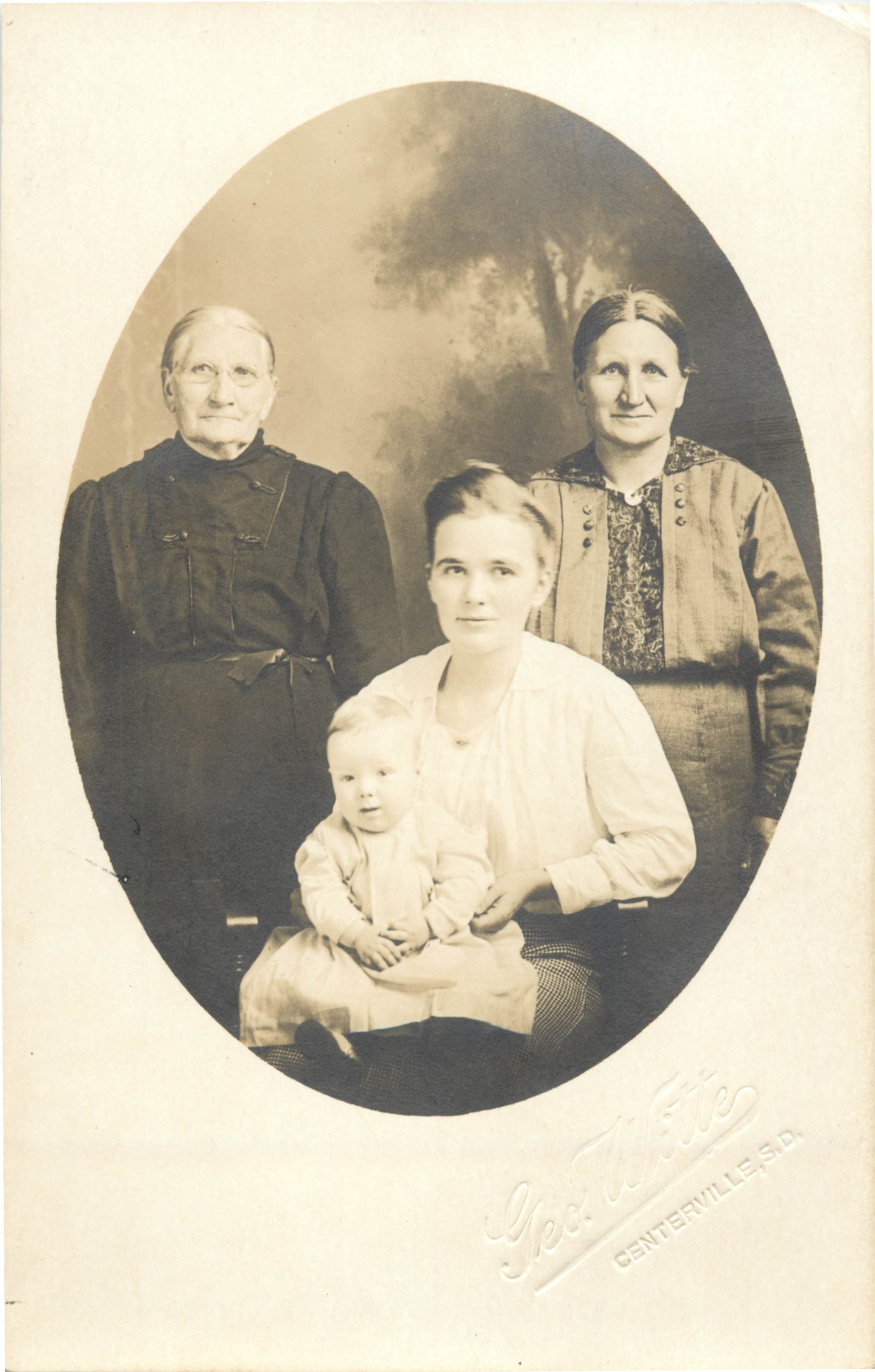
Been thinking more on what life was like on the farm after my grandfather passed away.
Consider the cash expenses again – notice there are no bills for electricity, telephone, water, or sewer. Such things weren’t in place.
I’ll guess seed and other critical farm supplies were purchased on credit from Yankton Production Credit. The payment of $2,104 on 9/1/45 would have cleared the loan balance for the year, and perhaps any carryover balance from prior years.
Speculation on non-cash transactions
A few thoughts come to mind on non-cash transactions outside the probate document.
There obviously would have been a garden to raise lots of vegetables, many of which would have been canned for consumption during the winter.
The probate document presents cash transactions. Presumably there would have been barter transactions as well.
There were two cash purchases of groceries, for a total of about $16. I am guessing grandma would have swapped dozens of eggs for grocery supplies which could not be grown on the farm. For example flour, sugar, baking soda, out of season vegetables, or fruits & vegetables not growable in South Dakota probably were obtained by barter.
It is my impression that more than 80 acres were worked. The cash transactions only show cash payments for 80 acres. There may have been in-kind payments of land rent. A portion of the harvest may have been paid to the landowner instead of cash.
I would guess that pigs and chickens would have been slaughtered at the farm. It is a safe guess that all the meat the family ate was from the farm.
Possibly cows might have been a bit much to handle. I would guess a full cow would be too much to store – the lack of any electricity payments suggests there would have been no frozen or cold storage to hold the beef until it could be consumed. I will guess cows would have been taken to a butcher who would have dressed out the animal in exchange for a portion of the meat or perhaps barter for other food supplies.
It is not beyond my ability to stretch and imagine that cows, or pigs, or chickens would be bartered for services the family could not provide on its own.